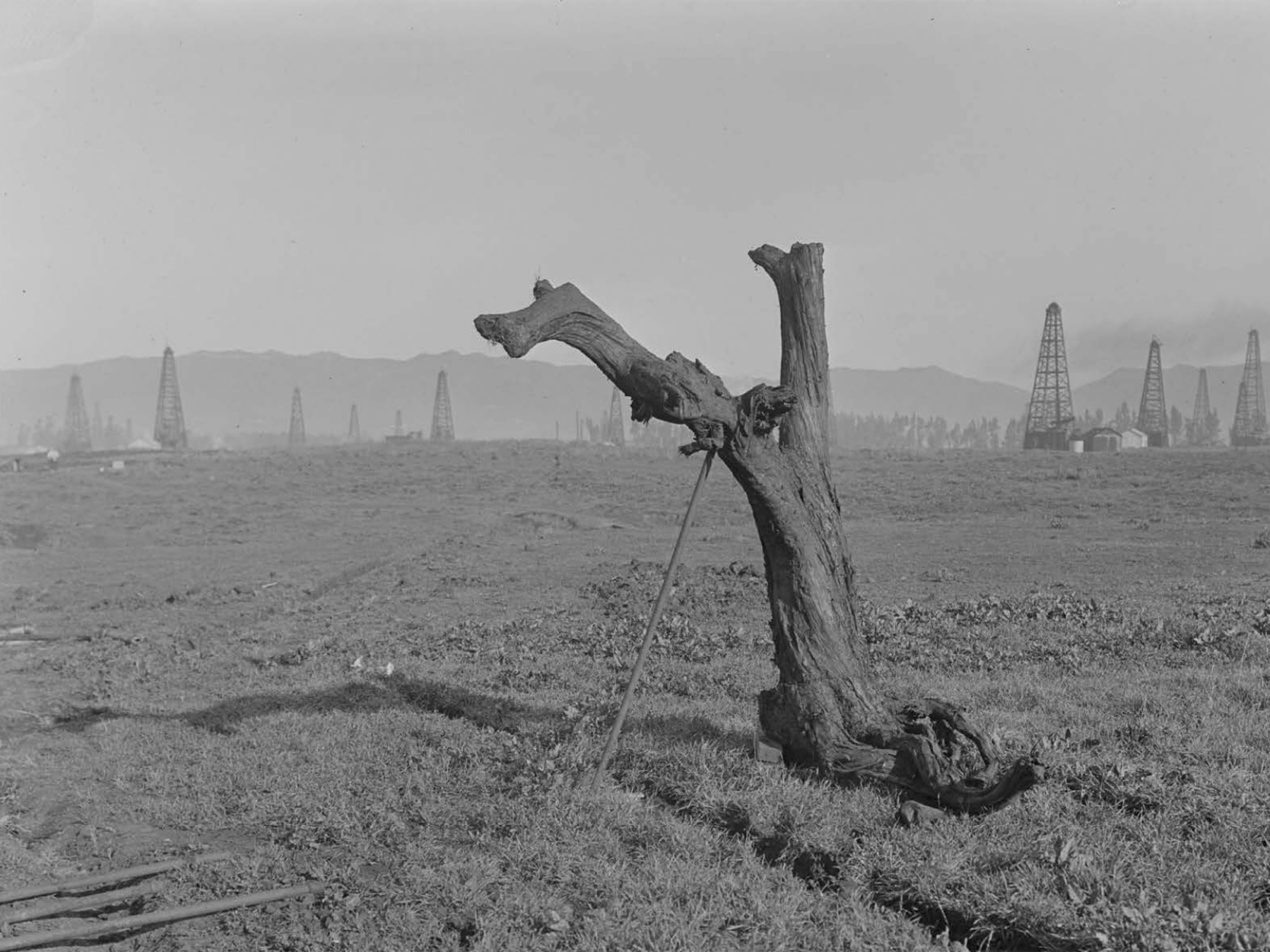Ice Age Trees Stabilized Atmosphere by Suffocating – Mirage News

Report on Biosphere-Climate Interactions and Sustainable Development Goals
A recent study published in Nature Geoscience provides critical insights into the Earth’s climate regulation mechanisms during the last glacial period, approximately 20,000 years ago. The research, led by Pennsylvania State University, examines how ancient trees responded to low atmospheric carbon dioxide (CO2) levels and cooler temperatures, revealing a natural feedback loop with significant implications for achieving the Sustainable Development Goals (SDGs), particularly SDG 13 (Climate Action) and SDG 15 (Life on Land).
Key Scientific Findings and SDG Relevance
The Role of Photorespiration in Climate Regulation
The study found that ancient trees increased their rate of photorespiration in response to the harsh conditions of the last ice age. This process, where plants release CO2, acted as a natural stabilizer.
- Inefficient Carbon Fixation: Under low CO2 and temperature stress, trees became less efficient at photosynthesis, releasing a portion of the carbon they absorbed back into the atmosphere.
- Natural Climate Handbrake: This increased release of CO2 may have prevented atmospheric levels from dropping below a critical threshold (approximately 185-210 parts per million), thereby maintaining an environment habitable for plant life.
- Implications for SDG 13 (Climate Action): This discovery of a natural biosphere feedback loop is vital for refining climate models. Understanding how Earth’s systems self-regulated in the past provides essential data for predicting future climate scenarios and developing effective strategies to combat climate change.
Innovative Methodology and Research Collaboration
The research utilized a novel technique to analyze subfossil wood, including samples preserved in the La Brea Tar Pits.
- Clumped Isotope Analysis: A new method measuring clumped isotopes in ancient wood allowed scientists to reconstruct photorespiration rates from tens of thousands of years ago.
- Historical Ecosystem Data: Analysis of juniper wood from the La Brea Tar Pits confirmed elevated photorespiration, demonstrating the stress experienced by these ecosystems.
- Contribution to SDG 9 & SDG 17: The development of this analytical technique represents a significant advancement in scientific innovation (SDG 9: Industry, Innovation, and Infrastructure). The project’s success, resulting from collaboration between Penn State, the University of California, Berkeley, Brown University, and the La Brea Tar Pits & Museum, exemplifies the importance of Partnerships for the Goals (SDG 17).
Advancing Sustainable Development through Paleo-Climate Research
Informing SDG 15: Life on Land
The study underscores the fundamental role of terrestrial ecosystems in maintaining global climate stability. By demonstrating how forests responded to past climate stress, the research highlights their importance in the modern era.
- Ecosystem Resilience: The findings reveal the inherent resilience of plant life and its active role in shaping the atmospheric environment.
- Conservation Imperative: This historical perspective reinforces the urgency of protecting and restoring forests, as mandated by SDG 15, to preserve their vital carbon sequestration and climate regulation functions in the face of anthropogenic climate change.
Conclusion
This research provides the first direct evidence for a long-held hypothesis about the role of photorespiration in stabilizing atmospheric CO2 during glacial periods. By looking to the past, the study offers invaluable lessons for the present, directly informing key Sustainable Development Goals. Understanding the intricate feedback between the biosphere and the climate is fundamental to building accurate climate models, taking effective climate action (SDG 13), and promoting the sustainable management of terrestrial ecosystems (SDG 15).
1. Which SDGs are addressed or connected to the issues highlighted in the article?
-
SDG 13: Climate Action
The article directly addresses climate action by investigating the Earth’s climate regulation mechanisms during the last ice age. It explores the relationship between atmospheric CO2 levels, temperature, and the physiological response of plants, which is fundamental to understanding and modeling both past and future climate change. The research aims to understand “how plants respond to dramatic changes in their world,” which is crucial for predicting the effects of current climate change.
-
SDG 15: Life on Land
This goal is relevant as the study focuses on terrestrial ecosystems, specifically ancient trees and forests (“the plant world”). It examines how these ecosystems function and interact with the atmosphere, highlighting their role in the global carbon cycle. The article discusses how plant productivity was hampered by past climate conditions, which relates to the health and resilience of forests and their ability to store carbon, a key aspect of protecting life on land.
-
SDG 9: Industry, Innovation, and Infrastructure
The research described in the article is an example of scientific innovation. The text explicitly mentions the use of a “new technique” and a “novel technique” involving “clumped isotopes in wood” to reconstruct historical photorespiration rates. This advancement in scientific methodology enhances research capabilities for understanding complex environmental systems, aligning with the goal of promoting scientific research and innovation.
-
SDG 17: Partnerships for the Goals
The article demonstrates the importance of collaboration in achieving scientific breakthroughs. It mentions that the study was led by a researcher at Penn State and included co-authors from the University of California, Berkeley, Brown University, and the La Brea Tar Pits & Museum. Furthermore, it lists multiple funding sources, including the Aguoron Institute, NOAA, the U.S. National Science Foundation, and the Heising-Simons Foundation, showcasing a multi-stakeholder partnership to advance knowledge for sustainable development.
2. What specific targets under those SDGs can be identified based on the article’s content?
-
SDG 13: Climate Action
- Target 13.3: Improve education, awareness-raising and human and institutional capacity on climate change mitigation, adaptation, impact reduction and early warning. The study contributes directly to this target by enhancing the scientific community’s capacity to understand and model the Earth’s climate system. The article states, “it’s vital to understand and account for the effect of plants on the atmosphere” for “modeling climate scenarios,” which is a foundational element of climate change capacity building.
-
SDG 15: Life on Land
- Target 15.2: Promote the implementation of sustainable management of all types of forests, halt deforestation, restore degraded forests and substantially increase afforestation and reforestation globally. The research provides critical insights into the fundamental role forests play in regulating atmospheric carbon. Understanding this “natural feedback loop” is essential for developing effective strategies for forest management and conservation as a nature-based solution to climate change.
-
SDG 9: Industry, Innovation, and Infrastructure
- Target 9.5: Enhance scientific research, upgrade the technological capabilities of industrial sectors in all countries…encouraging innovation. The article is a clear example of this target in action. The development and application of the “new technique to reconstruct photorespiration rates in ancient trees” represents a significant enhancement of scientific research capabilities, allowing scientists to test “long-held hypothesis” about past climates.
-
SDG 17: Partnerships for the Goals
- Target 17.16: Enhance the global partnership for sustainable development, complemented by multi-stakeholder partnerships that mobilize and share knowledge, expertise, technology and financial resources. The project itself is a model of this target. It involved a partnership between multiple academic institutions (Penn State, UC Berkeley, Brown) and a museum (La Brea Tar Pits & Museum), was funded by a consortium of foundations and government agencies, and resulted in shared knowledge published in the journal Nature Geoscience.
3. Are there any indicators mentioned or implied in the article that can be used to measure progress towards the identified targets?
-
For SDG 13 (Climate Action)
- Indicator: Atmospheric Carbon Dioxide (CO2) Levels. The article explicitly mentions atmospheric CO2 levels, noting that they “never fell below the threshold of around 185 to 210 parts per million during glacial periods.” This is a primary indicator for tracking climate change, and the study helps explain the natural mechanisms that influence it.
-
For SDG 15 (Life on Land)
- Indicator: Rate of Photorespiration in Plants. The study introduces photorespiration as a measurable process that indicates how efficiently plants are fixing carbon. The article states researchers “found clear signs of elevated photorespiration in the samples,” suggesting this can be used as an indicator of ecosystem stress and its impact on the carbon cycle and plant productivity.
-
For SDG 9 (Industry, Innovation, and Infrastructure)
- Indicator: Development of New Scientific Techniques. The article’s focus on a “new technique” and “novel technique” using “clumped isotopes” implies that the creation and application of such innovative research methods can serve as an indicator of progress in scientific research and technological capability.
-
For SDG 17 (Partnerships for the Goals)
- Indicator: Number of Multi-Stakeholder Research Collaborations. The article implicitly points to this indicator by listing the multiple universities, museums, and funding organizations involved in the research. The formation of such partnerships is a direct measure of progress towards collaborative efforts for sustainable development.
4. Table of SDGs, Targets, and Indicators
| SDGs | Targets | Indicators |
|---|---|---|
| SDG 13: Climate Action | 13.3: Improve education, awareness-raising and human and institutional capacity on climate change mitigation. | Atmospheric Carbon Dioxide (CO2) Levels. |
| SDG 15: Life on Land | 15.2: Promote the implementation of sustainable management of all types of forests. | Rate of Photorespiration in Plants (as a proxy for ecosystem health and carbon sequestration efficiency). |
| SDG 9: Industry, Innovation, and Infrastructure | 9.5: Enhance scientific research and encourage innovation. | Development and application of new scientific techniques (e.g., clumped isotope analysis). |
| SDG 17: Partnerships for the Goals | 17.16: Enhance the global partnership for sustainable development through multi-stakeholder partnerships. | Number of multi-stakeholder research collaborations (involving universities, museums, and funding agencies). |
Source: miragenews.com
What is Your Reaction?
 Like
0
Like
0
 Dislike
0
Dislike
0
 Love
0
Love
0
 Funny
0
Funny
0
 Angry
0
Angry
0
 Sad
0
Sad
0
 Wow
0
Wow
0
















































/environment-climate-change-and-health-(ech)/water-sanitation-hygiene-and-health-(wsh)/landfill-tuvalu-36092.tmb-1200v.jpg?sfvrsn=5c21fe40_1#)

.jpg.webp?itok=0ZsAnae9#)


























